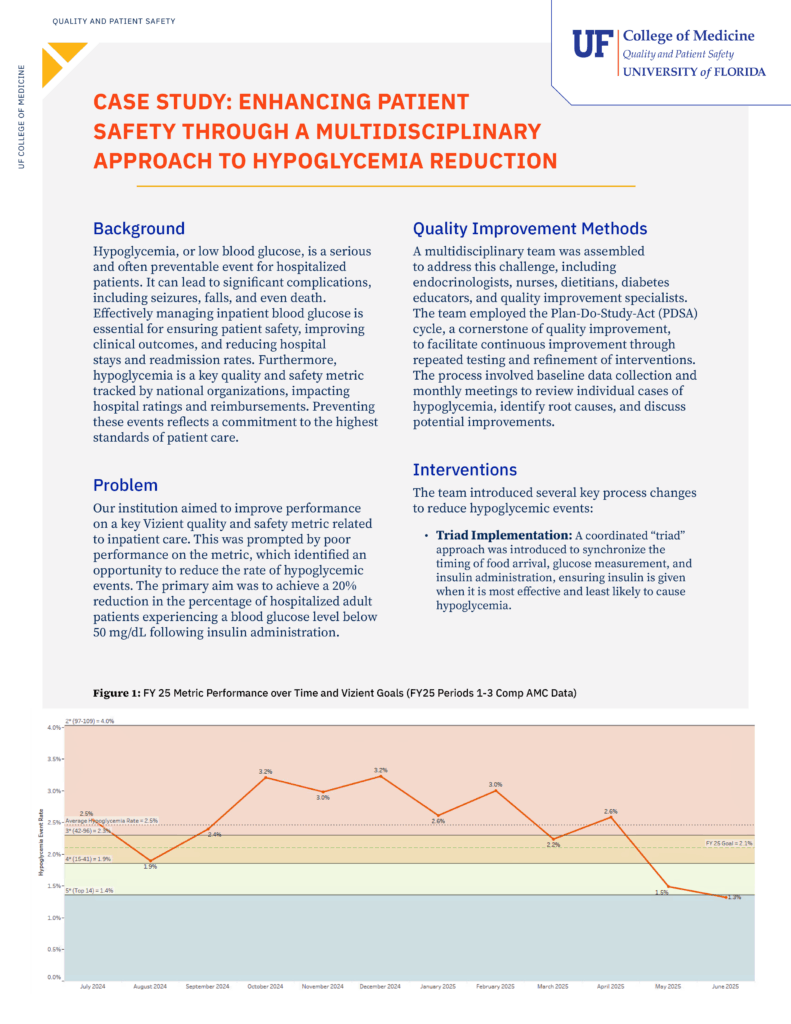What are Quality Scorecards?
In healthcare, how do we know if a change is truly an improvement? Quality scorecards are data tools that help answer this question. Used by hospitals nationwide, scorecards from vendors like Vizient, Leapfrog, and CMS track performance across critical areas of care, including mortality rates, patient safety incidents, readmissions, and efficiency. They provide a clear, data-driven look at how well an institution is caring for its patients and where opportunities for improvement exist.
These data are a powerful guide for strategic quality improvement. They allow clinical teams to see how they perform relative to peer institutions and pinpoint specific areas that need attention. As demonstrated in UF Health case studies on improving hypoglycemia and warfarin management, a focused QI project aimed at a specific care process can lead to significant enhancements in patient safety, which in turn drives measurable improvements in scorecard rankings and national standing.
However, the most important takeaway is that the goal isn’t simply to “fix the metric.” Scorecards are a reflection of care, not the purpose of it. The true focus must always be on delivering the highest quality, most compassionate, patient-centered care every single day. When we prioritize our patients and the excellence of our clinical practice, improved metrics will naturally follow.
Resources
The resources below provide a clear introduction to healthcare quality scorecards and showcase real-world examples of how data-driven quality improvement can lead to meaningful results for both patients and performance metrics.
Introduction to Scorecards
Learn what quality scorecards are and how they are used to measure hospital performance across key areas like safety, efficiency, and patient experience. This video explains why the true focus of any QI initiative should be on improving patient care, which will, in turn, lead to better metrics.
Case Study: Hypoglycemia Quality Improvement Project
Explore a case study on a successful quality improvement project aimed at reducing hypoglycemic events in hospitalized patients.
Download the Hypoglyclemia Quality Improvement Case Study
See examples of the UF Health Team implementing:
- Plan-Study-Do-Act Cycles
- Quality Improvement Metrics & Measurements
Case Study: Improving Warfarin Management
This case study highlights the use of technology-enabled interventions, such as EHR tools and automated alerts, to systematically reduce high INR incidents and enhance patient safety.
Download the Warfarin Quality Improvement Case Study
See examples of the UF Health Team implementing:
- Plan-Study-Do-Act Cycles
- Quality Improvement Metrics & Measurements



